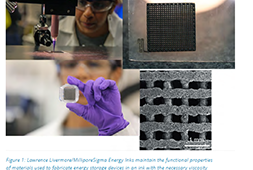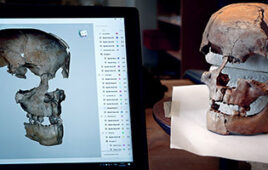A new customizable artificial bone could lead to a new wave of bone replacements in the future.
A researcher from the University of British Columbia Okanagan Campus has developed a stronger bone using a 3D printer and identified a way to model and create artificial bone grafts that can be custom printed.
“When designing artificial bone scaffolds it’s a fine balance between something that is porous enough to mix with natural bone and connective tissue but at the same time strong enough for patients to lead a normal life,” Hossein Montazerian, a research assistant with UBC Okanagan’s School of Engineering, said in a statement. “We’ve identified a design that strikes that balance and can be custom built using a 3D printer.”
Bone grafting can treat a variety of medical issues, including traumatic fractures and defects. However, this requires moving bone from one part of the body to another, a painful process that involves multiple surgeries.
According to Montazerian, the new artificial bone grafts could be customized to potentially fit any patient and would not require transplanting existing bone fragments.
After analyzing 240 different bone graft designs, Montazerian focused on only the ones that were both porous and strong. He printed the designs that performed the best and ran physical tests to determine how effective they would be under loads in the real world.
“We hope to produce bone grafts that will be ultra-porous, where the bone and connective tissues meet and are extra-strong at the points under the most stress,” he said. “The ultimate goal is to produce a replacement that almost perfectly mimics real bone.”
While the new method is promising, Montazerian said there are still hurdles to overcome before the method can be used clinically.
Researchers in the field are beginning to refine biomaterials that won’t be rejected by the body and that can be printed with the very fine 3D details that are required by Montazerian’s design.
“This solution has enormous potential and the next step will be to test how our designs behave in real biological systems,” he said. “I hope to see this kind of technology clinically implemented for real patients in the near future.”
The study was published in Materials & Design.




